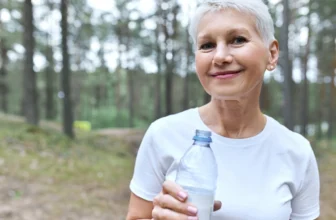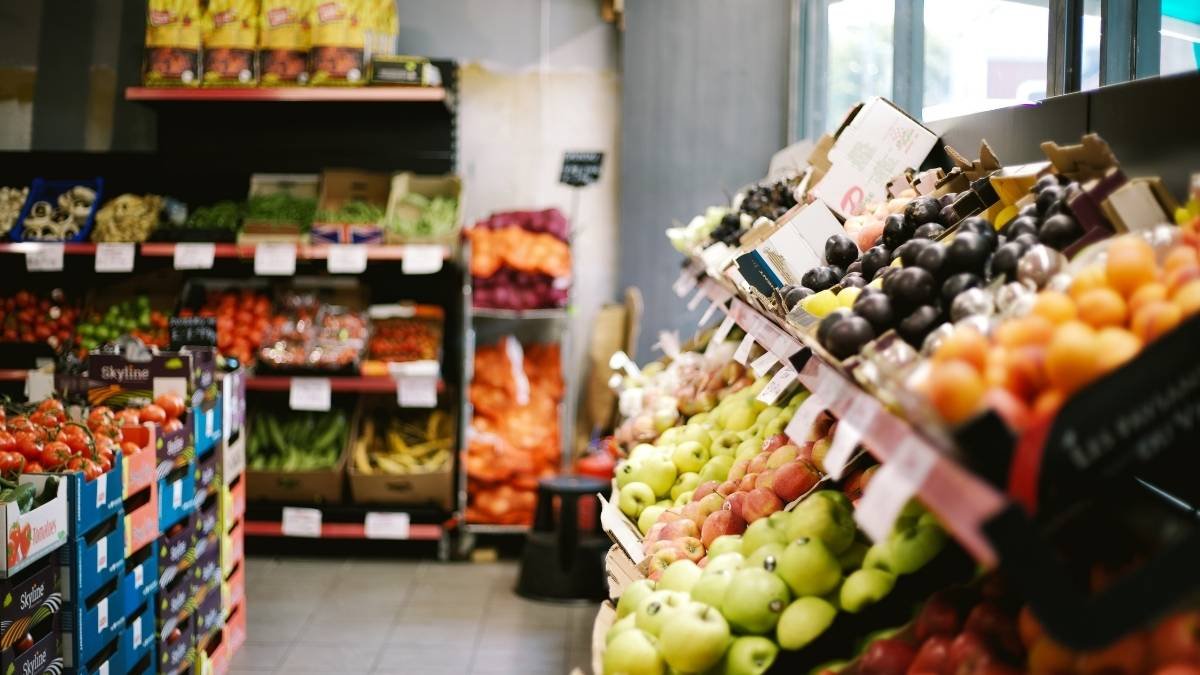
And why nutritionists are finally speaking up about the foods that fooled us all
You grab your usual acai bowl for breakfast, feeling pretty good about yourself. After all, it’s packed with antioxidants, right?
Here’s the kicker: that “superfood” bowl you just ate contains 5 times more sugar than a Big Mac.
I know, I know. Your mind is probably blown right now. Mine was too when I first discovered this.
But here’s what’s even crazier – nutritionists have known this for years. And now? They’re finally breaking their silence about the supposedly “healthy” foods that are worse for you than fast food.
Wait, What? My Health Food is WORSE Than McDonald’s?
🚨 The Shocking Truth: “Healthy” vs Fast Food
🤯 Mind-Blowing Reality Check
The açaí bowl has 5X MORE sugar than the Big Mac! That’s like eating 5 packets of sugar extra while thinking you’re being healthy.
You’re standing in line at your favorite smoothie shop, scrolling through Instagram while waiting for your large açaí bowl with granola, honey, and fruit. Meanwhile, your friend orders a Big Mac next door.
You’re thinking: “I’m being so healthy compared to them.”
Plot twist: Your açaí bowl packs 800+ calories and 50 grams of sugar. That Big Mac? 563 calories and 9 grams of sugar.
Wait, let me say that again because it’s important:
Your “superfood” breakfast has 5x more sugar than a burger.
This isn’t some weird exception either. A groundbreaking 2024 study from University College London found that people eating ultra-processed “healthy” foods lost 48% less weight than those eating minimally processed alternatives.
Even when both groups followed official dietary guidelines.
The Nutritionists Are Finally Confessing

For years, nutrition experts kept quiet about this. But in 2024, something changed.
Dr. Lovneet Batra dropped this bomb: “Beware: Just because it seems healthy doesn’t mean it is!”
She specifically called out five foods that fooled everyone, including herself, early in her career.
Abbey Sharp, RD had this to say about those trendy green juices: “Green juice has been stripped of its arguably most important component—its fiber. So add your vegetables to a smoothie or eat them whole.”
Translation? That $12 green juice is expensive sugar water.
But here’s the confession that got me:
Janet Chrzan, Professor of Nutritional Anthropology, put it perfectly: “You can put ‘keto’ or ‘protein’ on a candy bar and sell it, and people don’t even question it.”
Ouch. That stings because it’s so true.
The Foods That Fooled Us All
Your Morning Smoothie vs. A Whopper
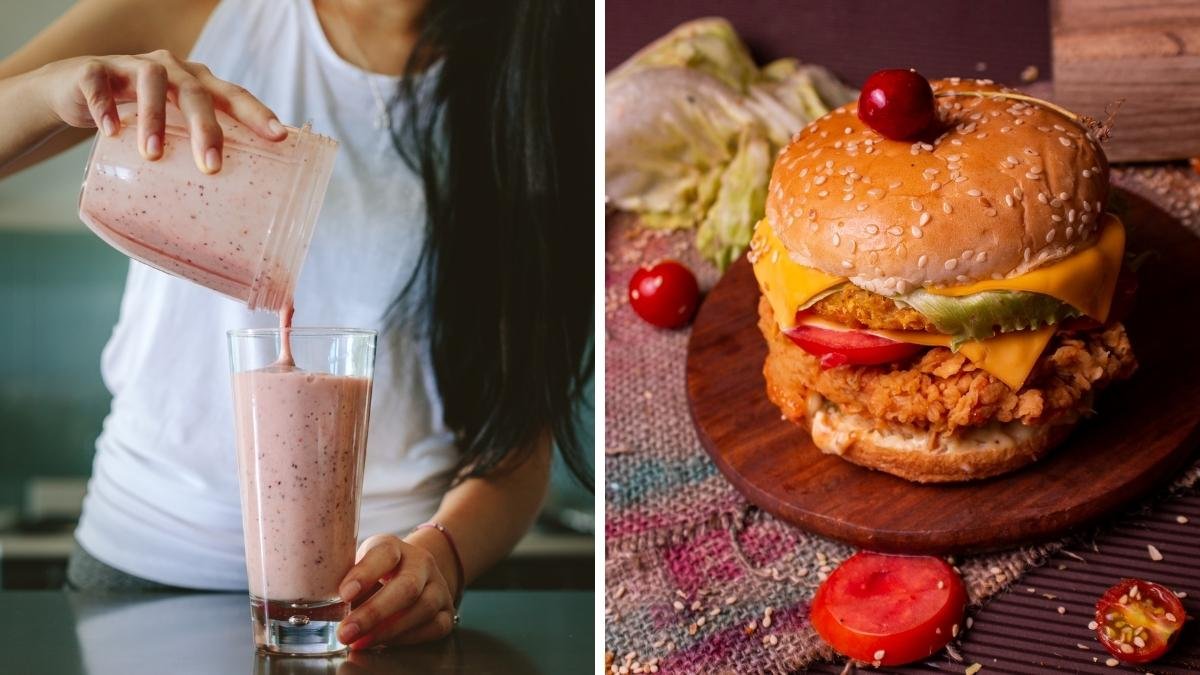
I used to think smoothies were the ultimate healthy breakfast. Boy, was I wrong?
The Reality Check:
- Commercial smoothie: 370+ calories, 56 grams of sugar
- Burger King Whopper: 670 calories, 12 grams of sugar
Yes, the Whopper has more calories. But that smoothie delivers 4.6 times more sugar per calorie. Your blood sugar is having a party it didn’t ask for.
Protein Bars vs. Candy Bars

This one hurt my soul when I found out.
That Gatorade Whey Protein Bar you grab post-workout? 360 calories with 29 grams of sugar.
A Snickers bar? 250 calories and 27 grams of sugar.
The protein bar is worse than candy. At least the Snickers doesn’t pretend to be health food.
The Granola Bar Lie
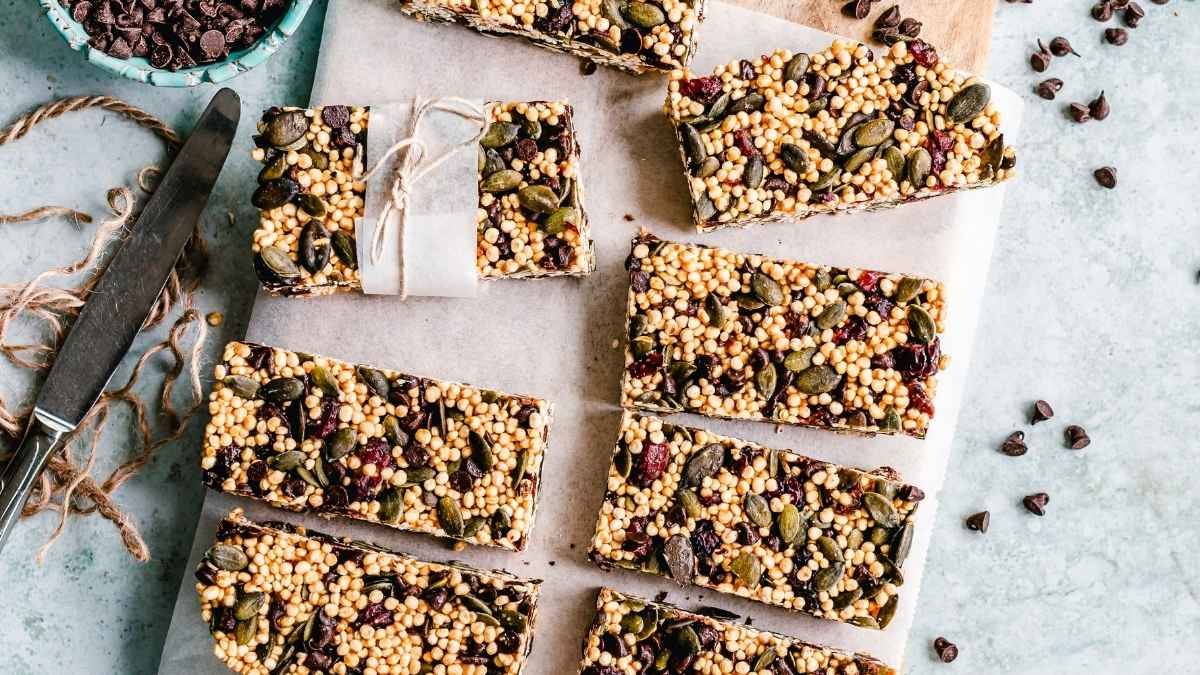
Here’s a question for you: What do 70% of Americans think about granola bars?
They think they’re healthy.
What do nutrition experts think? Only 30% agree.
That’s a 40-point gap between what we believe and what’s true.
Most granola bars are just candy bars in disguise. They’re loaded with:
- High fructose corn syrup
- Artificial flavors
- Processed oils
- More sugar than a cookie
The Science That Changes Everything
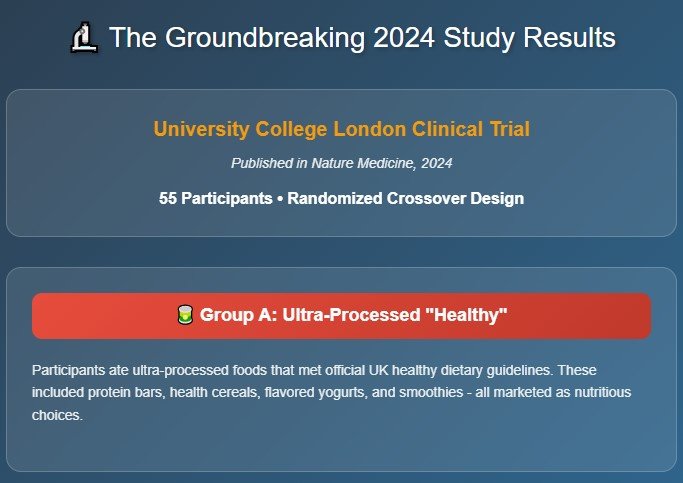
Remember, I mentioned that 2024 study? Let me break it down for you.
Researchers took 55 people and split them into two groups:
- Group A: Ate ultra-processed foods that met healthy dietary guidelines
- Group B: Ate minimally processed whole foods
Both groups technically ate “healthy” according to official standards.
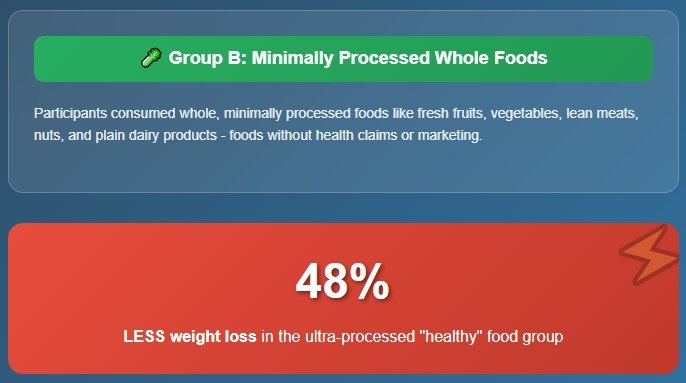
The results were shocking:
Group A (the processed “healthy” food group) had:
- Less weight loss
- More fat retention
- Worse blood sugar control
- Higher inflammation markers
Even though their food had health claims plastered all over it.
The Real Numbers That’ll Make You Think Twice
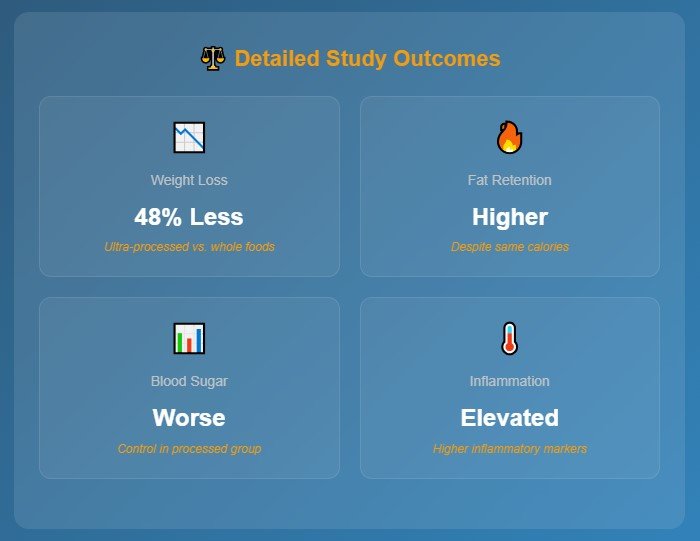
Want some perspective? Here are the facts that made me completely rethink my shopping cart:
🍎 Popular “health foods” vs. fast food:
- Açaí bowl: 800+ calories, 50g sugar
- Big Mac: 563 calories, 9g sugar
🥤 The smoothie shock:
- Large fruit smoothie: 370+ calories, 56g sugar
- Burger King Whopper: 670 calories, 12g sugar
🍫 The protein bar reality:
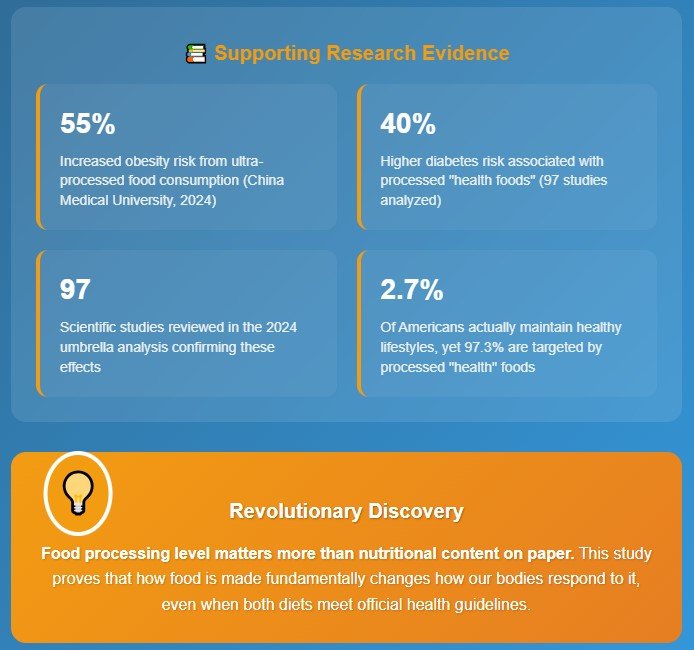
- “Healthy” protein bar: 360 calories, 29g sugar
- Snickers bar: 250 calories, 27g sugar
Are you starting to see the pattern here?
The Trillion-Dollar Trick That Fooled Everyone
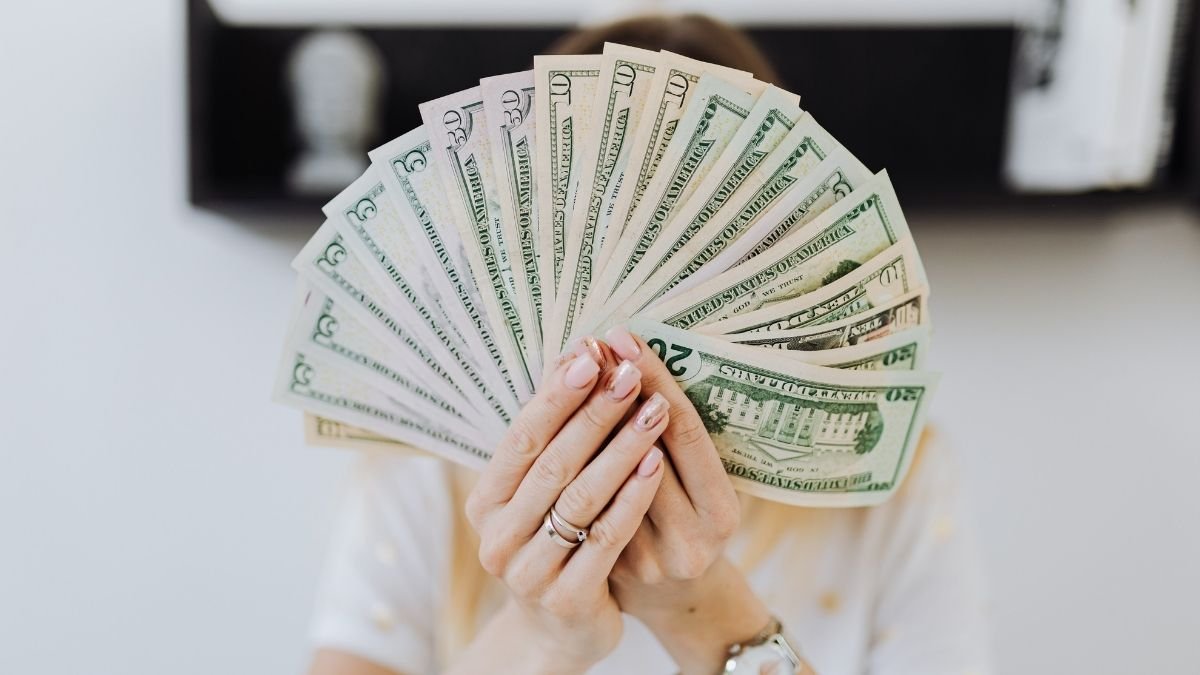
This isn’t an accident. It’s a $473.8 billion industry built on our confusion.
Think about it: When’s the last time you saw a McDonald’s commercial calling their food “superfood”? Never, right?
But health food companies? They’re masters at this game.
The Marketing Magic Words

These are the words that make us reach for our wallets:
- “Natural” (has no FDA definition for most products)
- “Low-fat” (can legally contain up to 0.5g fat per serving)
- “High-fiber” (requires no pre-approval)
- “Antioxidant-rich” (sounds healthy, means nothing specific)
Here’s the kicker: Companies can make health claims for 120 days before the FDA even reviews them.
That’s 4 months of selling to you before anyone checks if their claims are true.
Real People, Real Wake-Up Calls

Let me tell you about Laura.
Laura was doing everything “right.” Vegetarian diet, fruit smoothies for breakfast, quinoa bowls for lunch, whole grain everything.
She was also:
- Constantly hungry
- Craving sugar every afternoon
- Exhausted every morning
- Unable to lose weight after pregnancy
Sound familiar?
Then Laura tried something radical. She ditched the “healthy” processed foods and started eating:
- Eggs and bacon for breakfast instead of fruit smoothies
- Steak salads instead of quinoa bowls
- Nuts and cheese instead of granola bars
What happened?
- Morning fatigue: Gone
- Sugar cravings: Disappeared
- Weight: Started dropping without counting calories
- Energy: Stable all day
Laura’s not alone. This pattern repeats with almost everyone who makes this switch.
The Historical Con Job
📜 How “Health Food” Became a Century-Long Con
🔄 The 4-Step Corruption Playbook
🎭 Evolution of Deception Tactics
📈 The Sugar Escalation Timeline
Want to know how we got here? Let me take you back to 1898.
Dr. John Harvey Kellogg created Corn Flakes as actual health food. No sugar, just corn.
Then his brother W.K. Kellogg had a “brilliant” idea in 1902: add sugar.
By 1950, Sugar Smacks was 56% sugar by weight but still marketed as a “nutritious breakfast.”
The playbook was set: Take healthy food, process it, add sugar, keep the health claims.
Granola followed the same path. Created in 1863 as genuine health food, it became popular at Woodstock in 1969 as “healthy, environmentally friendly breakfast.”
Then came the processing, added sugars, and preservatives. But hey, it kept that health reputation.
The Facts That Will Change How You Shop

Ready for some numbers that might blow your mind?
88% of Americans qualify as overweight when using BMI standards from healthy, long-lived populations.
Let that sink in for a second.
Only 2.7% of Americans live healthy lifestyles combining proper diet and exercise.
Yet the health food industry targets the other 97.3% with products that often make things worse.
The Social Media Effect
Here’s something that probably won’t surprise you: Nutrition content on social media increased 29% in just one year.
But here’s what might surprise you: Professional trust in nutrition advice decreased during the same period.
Why? Because influencers are promoting processed products with health claims, and people believe them over actual nutritionists.
What Should You Eat Instead?
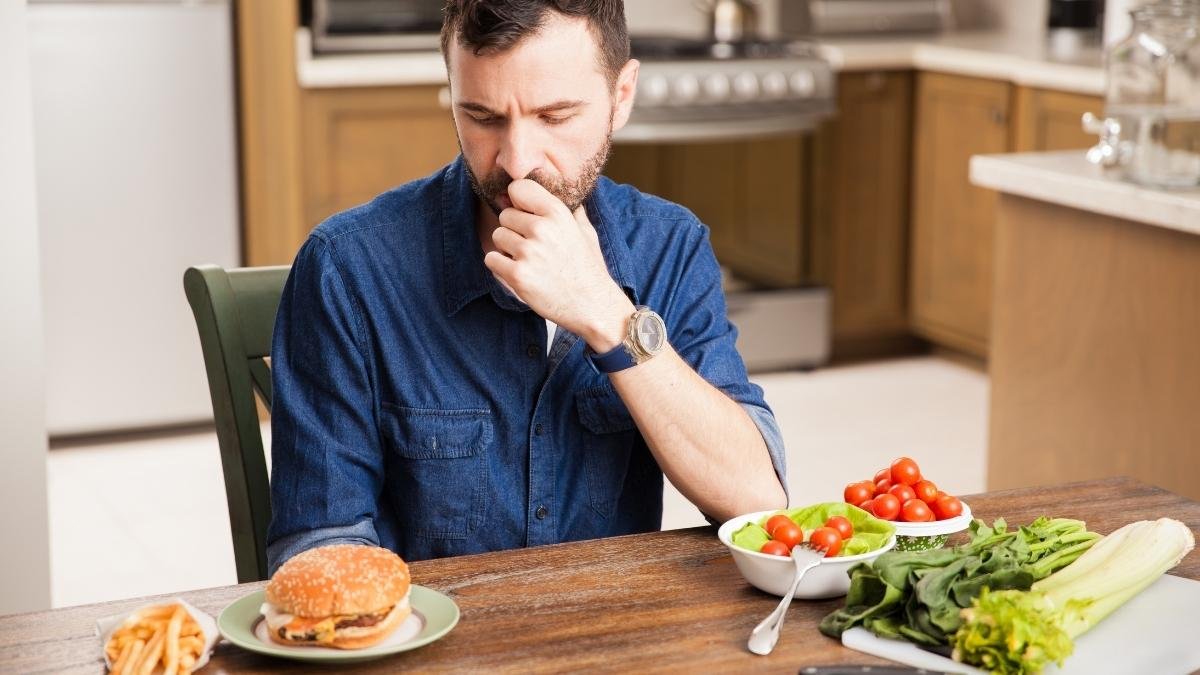
Okay, I know what you’re thinking: “Great, now I can’t eat anything!”
Not true. Let me give you the swaps that work:
Instead of Açaí Bowls → Try This
Plain Greek yogurt + fresh berries + raw nuts
- Why it works: 300-400 calories (vs. 1000+), actual protein, no added sugars
- Bonus: You’ll stay full until lunch
Instead of Granola Bars → Try This
Apple slices + almond butter
- Why it works: Natural fiber, healthy fats, no blood sugar roller coaster
- Pro tip: Hard-boiled eggs work great too
Instead of Protein Bars → Try This
Real protein sources: Chicken, fish, eggs, cottage cheese
- Why it works: Complete amino acids, nutrients you can’t get from processed bars
- Reality check: Food companies can’t improve on millions of years of evolution
Instead of Commercial Smoothies → Try This
Homemade versions with vegetables
- Game changer: Add spinach or kale (you won’t taste it)
- Smart move: Use whole fruits, not fruit juice
The Simple Rule That Changes Everything
Want to know the easiest way to avoid this trap?
Shop the perimeter of the grocery store.
That’s where the real food lives:
- Fresh vegetables and fruits
- Meat and fish
- Dairy and eggs
- Nuts and seeds
The middle aisles? That’s where the marketing magic happens.
The 5-Ingredient Rule
When you do buy packaged foods, follow this rule: If it has more than 5 ingredients, or ingredients you can’t pronounce, put it back.
Your great-grandmother should be able to recognize everything on the label.
The Bottom Line
Here’s what this all comes down to:
The foods with the loudest health claims are often the worst for your health.
Think about it – have you ever seen a health claim on a banana? An apple? A piece of salmon?
Real food doesn’t need marketing.
The 2024 research proves something nutrition experts have suspected for years: how food is processed matters more than its nutrient content on paper.
Your body knows the difference between real food and processed food, even when the nutrition labels look similar.
Your Next Move
I get it. This is a lot to take in. You might be looking at your pantry right now and feeling overwhelmed.
Start small:
This week, try replacing just ONE processed “health food” with a whole food alternative.
Maybe swap that morning granola bar for an apple with almond butter.
Or replace your afternoon protein bar with a handful of nuts and a hard-boiled egg.
See how you feel. I bet you’ll notice the difference in your energy and cravings within just a few days.
The trillion-dollar health food industry built its success on our confusion. But now you know better.
And honestly? That’s the most powerful tool you can have.
What’s the biggest “health food” shock from this article? Have you noticed any of these patterns in your own eating? Share your thoughts – I’d love to hear about your experiences with these supposedly healthy foods that aren’t so healthy after all.





